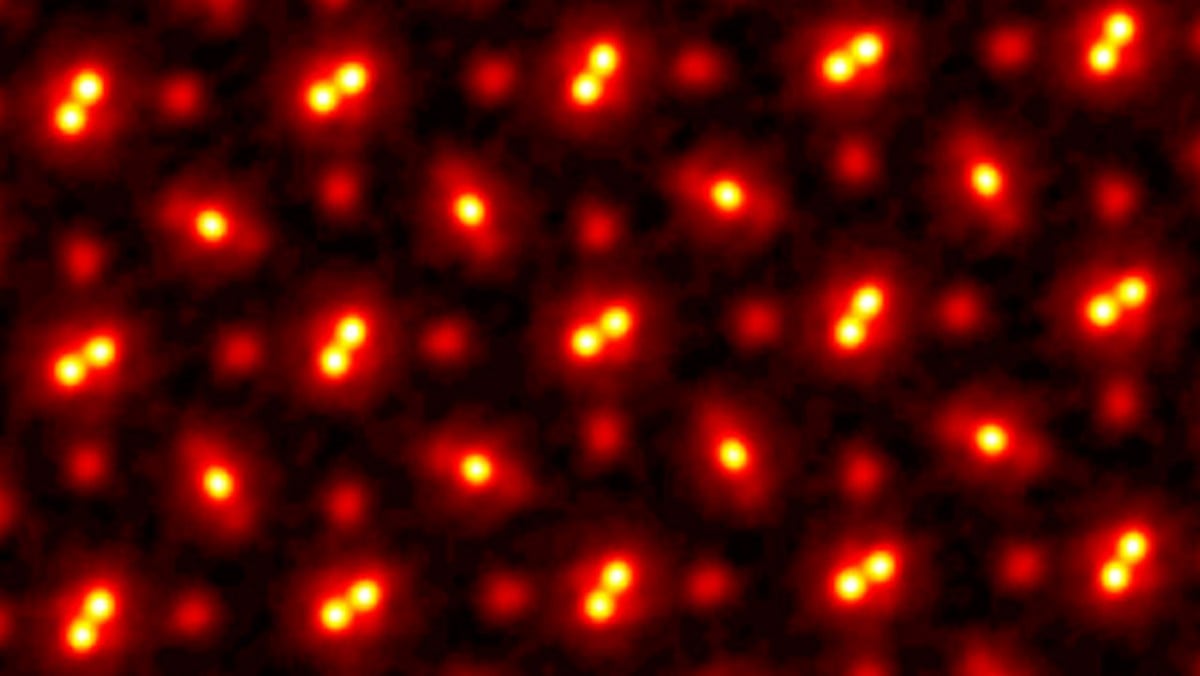Ask Science
Ask a science question, get a science answer.
Community Rules
Rule 1: Be respectful and inclusive.
Treat others with respect, and maintain a positive atmosphere.
Rule 2: No harassment, hate speech, bigotry, or trolling.
Avoid any form of harassment, hate speech, bigotry, or offensive behavior.
Rule 3: Engage in constructive discussions.
Contribute to meaningful and constructive discussions that enhance scientific understanding.
Rule 4: No AI-generated answers.
Strictly prohibit the use of AI-generated answers. Providing answers generated by AI systems is not allowed and may result in a ban.
Rule 5: Follow guidelines and moderators' instructions.
Adhere to community guidelines and comply with instructions given by moderators.
Rule 6: Use appropriate language and tone.
Communicate using suitable language and maintain a professional and respectful tone.
Rule 7: Report violations.
Report any violations of the community rules to the moderators for appropriate action.
Rule 8: Foster a continuous learning environment.
Encourage a continuous learning environment where members can share knowledge and engage in scientific discussions.
Rule 9: Source required for answers.
Provide credible sources for answers. Failure to include a source may result in the removal of the answer to ensure information reliability.
By adhering to these rules, we create a welcoming and informative environment where science-related questions receive accurate and credible answers. Thank you for your cooperation in making the Ask Science community a valuable resource for scientific knowledge.
We retain the discretion to modify the rules as we deem necessary.
view the rest of the comments

So the spots are the nuclei and not the electron cloud? Wow! This is waaaaay smaller imaging than i was thinking it was!
This picture shows the influence of the nuclei, not the nuclei themselves. The nuclei are much smaller. If you throw an electron at an atom, the nucleus will change that electron's direction even if it doesn't hit it, just by being close.
The yellow areas are the 'shades' of the nuclei, but do not reflect their actual size. The lattice constant of the crystal according to the figure is 59 pm = 59 e-12 m, which is the horizontal or vertical distance you see between two of the Pr couples. The actual size of a nucleus would be of order ~ 10 fm = ~ 10 e-15 m.
So, this image was made with a scanning electron microscope - actually several arranged in a grid somewhat similar to a digital camera sensor. Basically the way this works is that a beam of electrons (kind of like a laser, but electrons instead of photons) is fired at the material being scanned. The electrons bounce off of anything heavier than they are, such as the protons and neutrons in the nucleus (electrons are about 1/2000 of the mass of a proton). Some of the electrons bounce back into the detection grid of the microscope.
So the bright spots are where the electrons bounced off of the nuclei back into the detection grid. You can't really get an image of an electron cloud with an electron microscope because electrons are all the same mass, so if you hit one with another one they both move away in random directions (hitting one billiard ball with another). Comparatively hitting a proton with an electron isn't strong enough to move the proton very much (hitting a house with a billiard ball).
I should also say that this is a simplification because protons, neutrons and electrons don't really exist as physical ball-shaped particles, but as probability waves. Arvin Ash gives the best explanation of this that I've seen.
The upshot of all that is that the bright spots in the image show where the protons and neutrons of the atoms were most likely to be during the scanning (it's really difficult to talk about anything absolute at this scale, everything is probabilistic).
Also yes, this image is a very tiny area, literally a few atoms across. It's very impressive, and it basically amounts to visual proof that what we believe to be true about molecular bonding is true because the picture actually shows what the theory predicts.